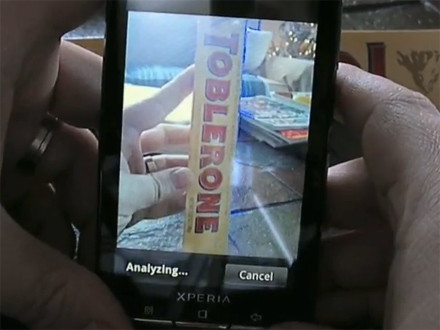 Qualcomm has been very invested in the wide adoption of devices that use data as well as voice. As well, serving the next billion cell phone users was at the forefront of strategists minds.
Qualcomm has been very invested in the wide adoption of devices that use data as well as voice. As well, serving the next billion cell phone users was at the forefront of strategists minds.
I got on a team creating prototype applications for emerging markets. In this capacity, I wrote Short Voice Service, a BREW reference application for peer-to-peer voice messaging, a variation of which is now in use in India.
The peer-to-peer aspect is interesting. Phones need to make a data connection to send and receive data. They don’t keep an open channel and they get a new IP address each time a connection is made. To bypass the need for a server, the sender records the message, opens a data call, gets an IP address and sends it in a text message to the receiver saying “there’s a voice message at 10.23.33.125”. The receiver then opens a data call to the waiting sender and pulls the message across. The transfer can also occur with a server intermediary.
Being able to send a voice message from phone to phone has some kind of interesting attributes not found in other channels of communication.
- It’s like texting, without the typing.
- It’s like voicemail, without listening to the recorded message telling you what to do.
- It’s a message without the conversation.
- It conveys more emotion than email.
A funny ad came out that illustrates the importance of properly creating that emotion:

